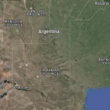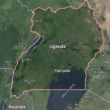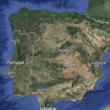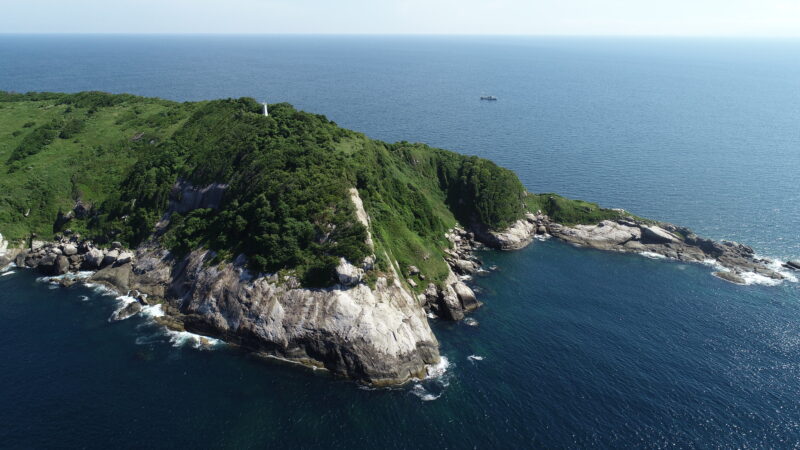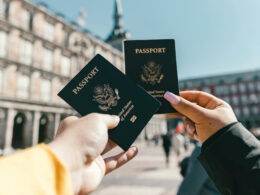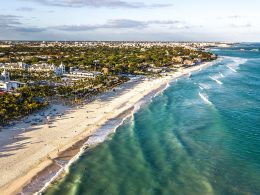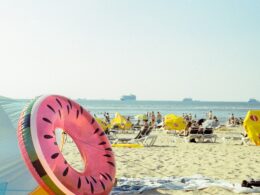When we think of islands, images of tropical paradises, white sandy beaches, and crystal-clear waters usually come to mind. However, not all islands are serene havens.
Some islands are notorious for their dangers, be it due to wildlife, treacherous terrain, or human history. Here, we explore some of the most dangerous islands in the world, where adventure comes with significant risks.
1. North Sentinel Island, India
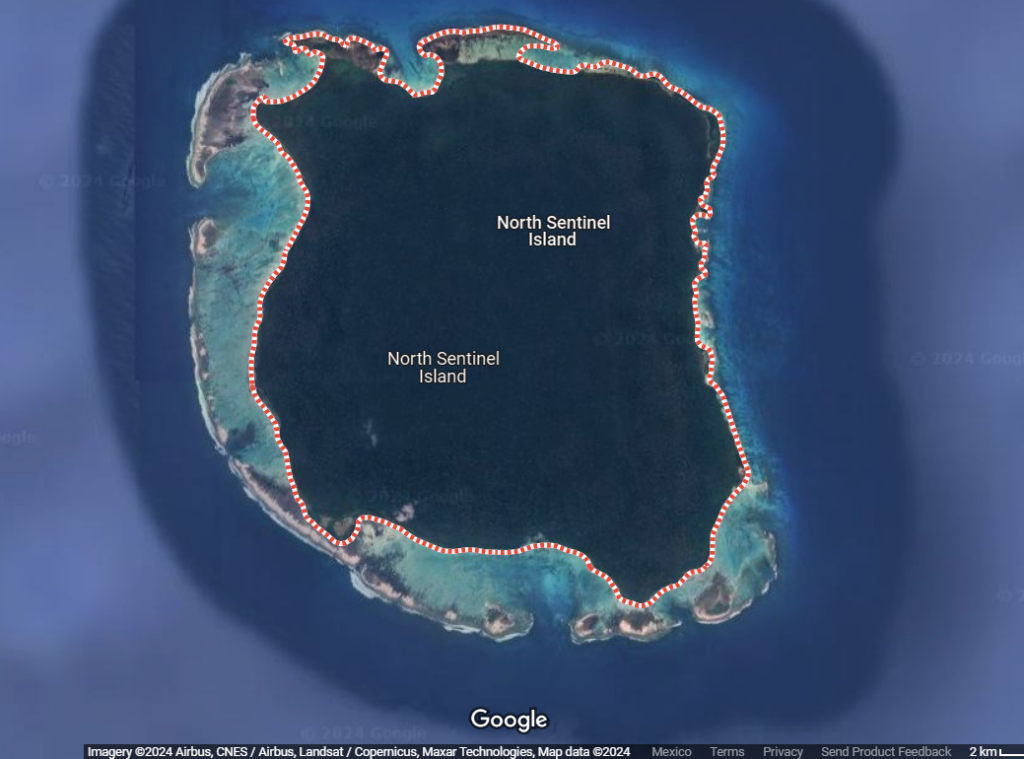
The Island of Isolation
Located in the Bay of Bengal, North Sentinel Island is home to the Sentinelese, one of the last uncontacted tribes in the world. The Sentinelese are known for their hostility towards outsiders, defending their territory fiercely. Attempts to approach or contact the island have often resulted in violence, making it one of the most dangerous places for travelers.
Why It’s Dangerous
- Hostile Inhabitants: The Sentinelese do not welcome visitors and have been known to attack anyone who comes too close.
- Legal Protection: Indian law prohibits travel to North Sentinel Island to protect the tribe, meaning that any attempt to visit is illegal and potentially life-threatening.
2. Ilha da Queimada Grande (Snake Island), Brazil
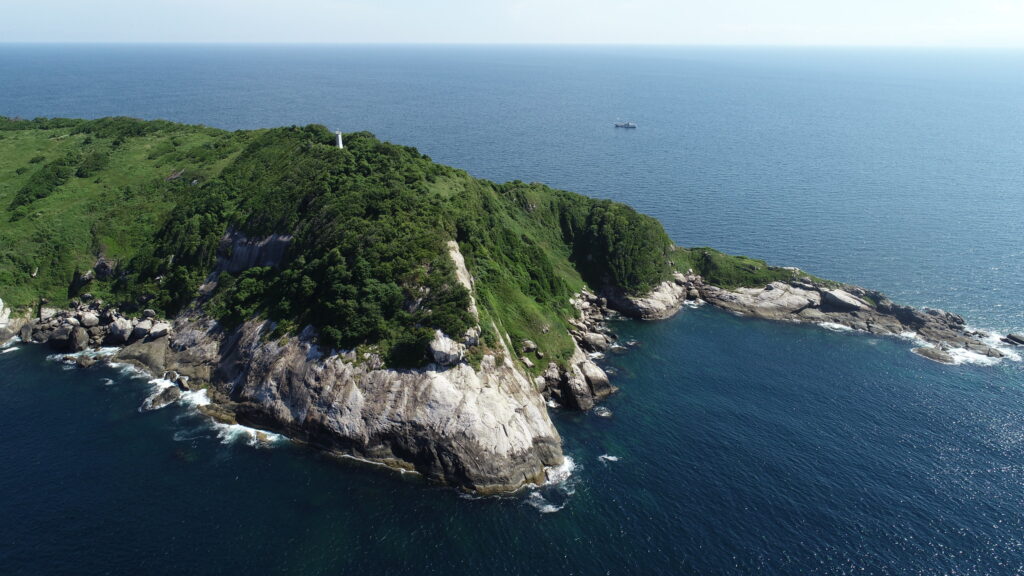
The Island of Snakes
Located off the coast of Brazil, Snake Island is infamous for its dense population of one of the world’s deadliest snakes, the golden lancehead viper. With an estimated one snake per square meter, the island is a literal minefield of venomous serpents.
Why It’s Dangerous
- Venomous Snakes: The golden lancehead viper’s venom can cause rapid death by hemorrhage.
- Restricted Access: The Brazilian government has banned all travel to the island, except for occasional scientific research, due to the extreme danger posed by the snakes.
3. Gruinard Island, Scotland
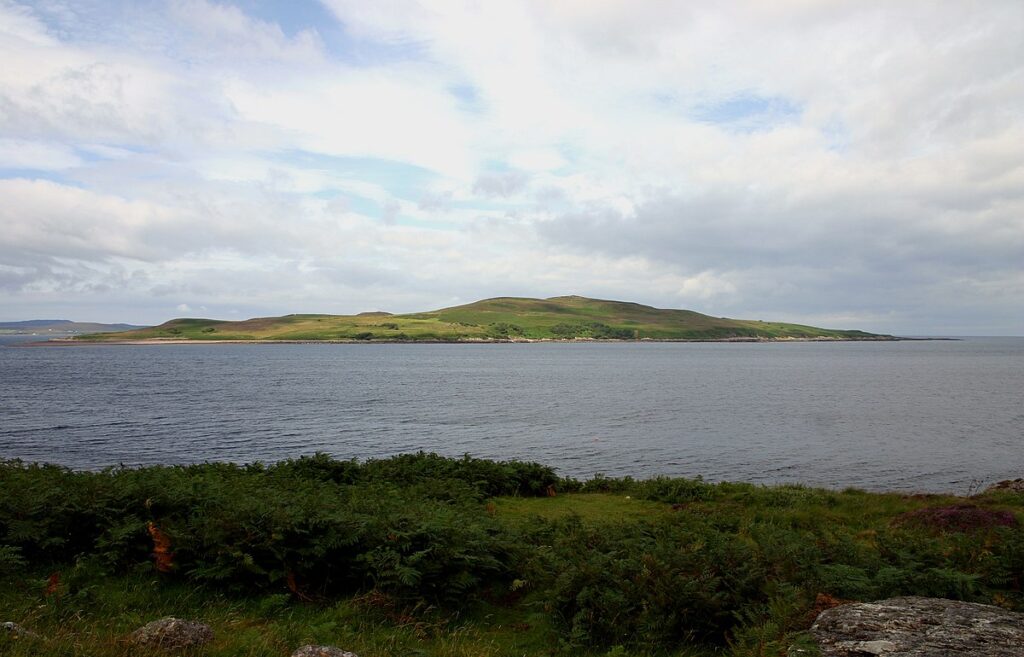
The Island of Anthrax
Gruinard Island, located off the northwest coast of Scotland, was used for biological warfare testing during World War II. The British government tested anthrax bombs on the island, contaminating it for decades.
Why It’s Dangerous
- Anthrax Contamination: The island remained heavily contaminated with anthrax spores, making it uninhabitable and dangerous for humans and animals alike.
- Decontamination Efforts: Although efforts have been made to decontaminate the island, it still carries the stigma of its dangerous past, and visiting remains risky.
4. Poveglia Island, Italy
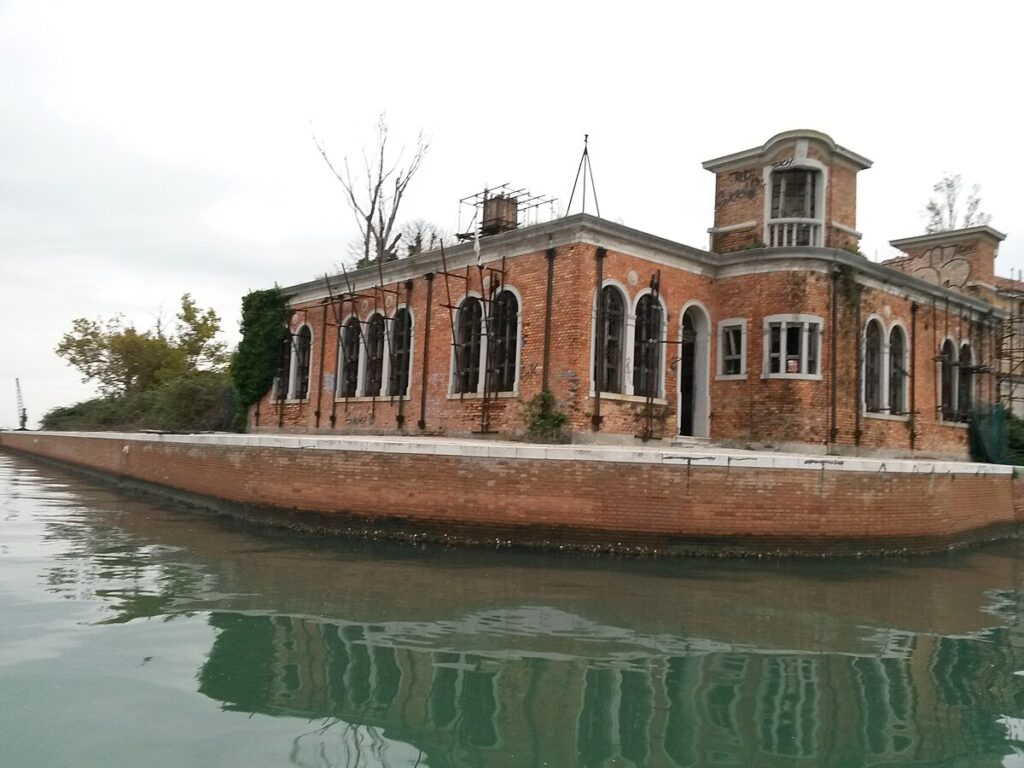
The Island of Plague and Madness
Situated in the Venetian Lagoon, Poveglia Island has a dark history. Used as a quarantine station for plague victims and later as a mental asylum, it is reputed to be haunted by the tortured souls of its past.
Why It’s Dangerous
- Ghostly Legends: Tales of hauntings and paranormal activities abound, deterring even the bravest of visitors.
- Decay and Ruin: The island’s buildings are in a state of disrepair, posing physical dangers to any who dare to explore them.
5. Ramree Island, Myanmar
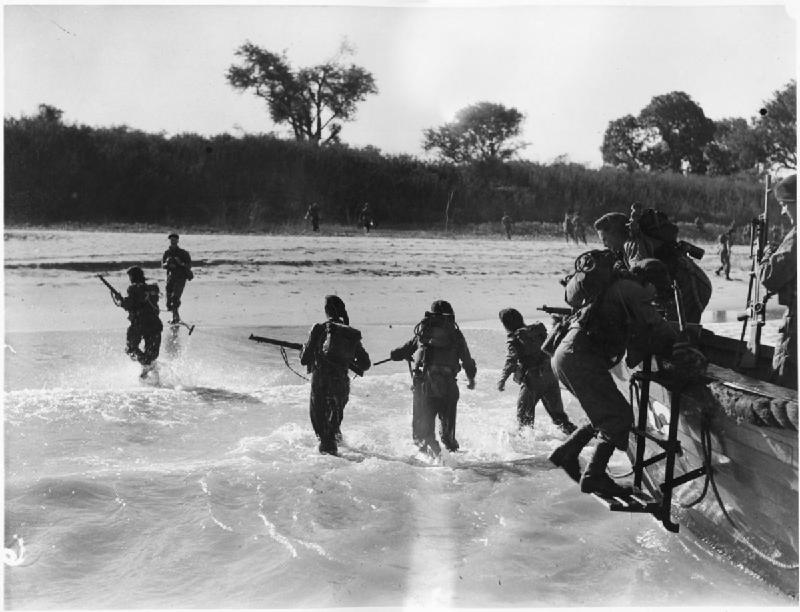
The Island of Crocodiles
Ramree Island gained notoriety during World War II when it was reported that hundreds of Japanese soldiers were attacked and killed by saltwater crocodiles in the island’s mangrove swamps.
Why It’s Dangerous
- Saltwater Crocodiles: Known for their size and aggression, these crocodiles are a significant threat to anyone venturing into their territory.
- Hostile Environment: The island’s dense mangroves and swamps make navigation difficult and hazardous.
6. Saba Island, Caribbean Netherlands
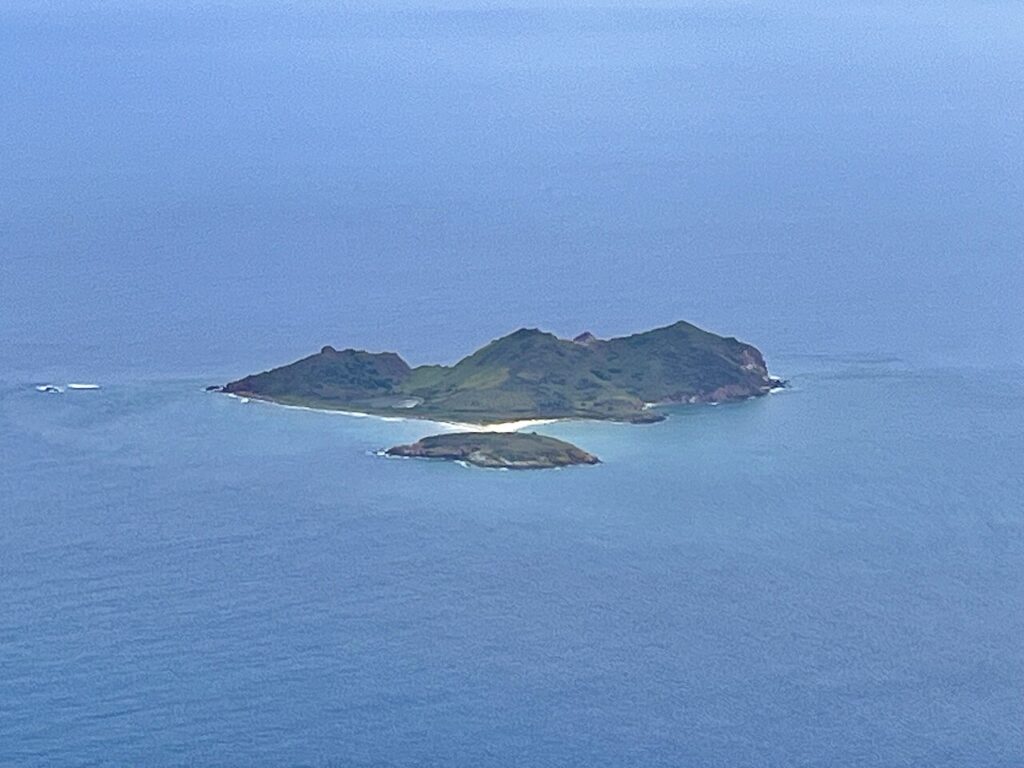
The Island of Hurricanes
Saba Island, part of the Caribbean Netherlands, is renowned for its stunning scenery and exceptional diving spots. However, it is also one of the most hurricane-prone areas in the world.
Why It’s Dangerous
- Hurricane Activity: Saba’s location in the hurricane belt means it is frequently hit by devastating storms, posing severe risks to residents and visitors.
- Treacherous Terrain: The island’s steep and rugged landscape can make evacuation and survival during natural disasters challenging.
7. Miyakejima Island, Japan
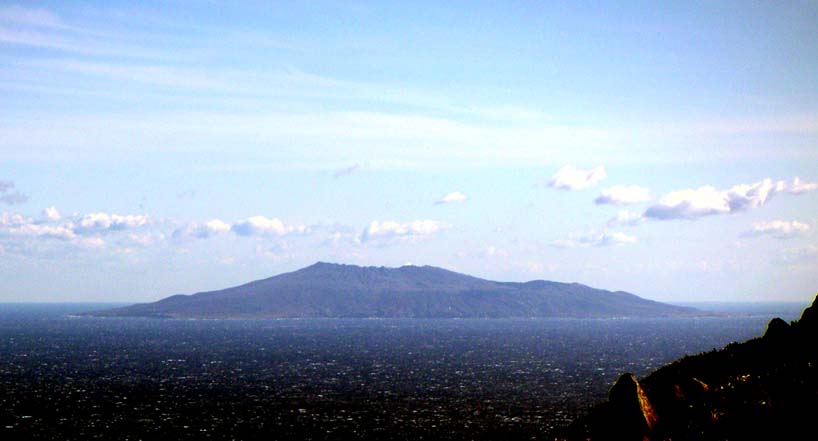
The Island of Toxic Gas
Miyakejima, part of the Izu Islands chain, is known for its active volcano, Mount Oyama, which has erupted several times in recent history. The most recent eruption in 2000 released large quantities of toxic sulfur dioxide gas, leading to the evacuation of the island’s residents.
Why It’s Dangerous
- Toxic Gas: Even today, high levels of sulfur dioxide gas can be detected, and residents must carry gas masks at all times.
- Volcanic Activity: The threat of another eruption is ever-present, making it a risky place to live or visit.
8. Bikini Atoll, Marshall Islands
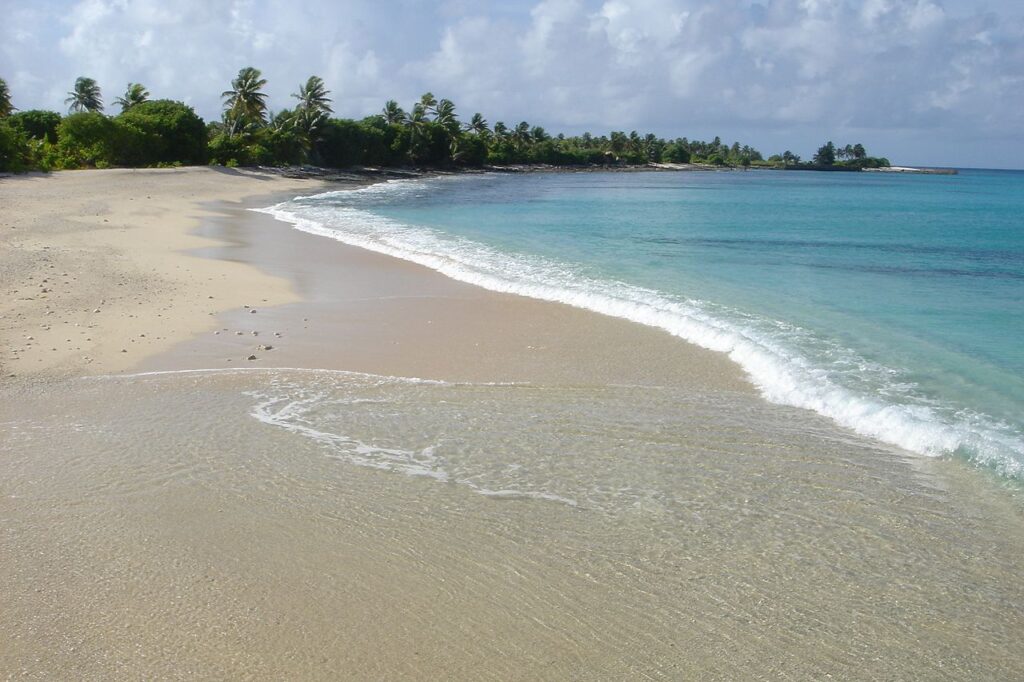
The Island of Nuclear Tests
Bikini Atoll, part of the Marshall Islands, is infamous for being a site of numerous nuclear tests conducted by the United States between 1946 and 1958. The tests left the island highly contaminated with radioactive materials.
Why It’s Dangerous
- Radioactive Contamination: The island remains uninhabitable due to high levels of radiation.
- Environmental Damage: The tests caused significant ecological damage, affecting marine and terrestrial life around the atoll.
9. Farallon Islands, USA
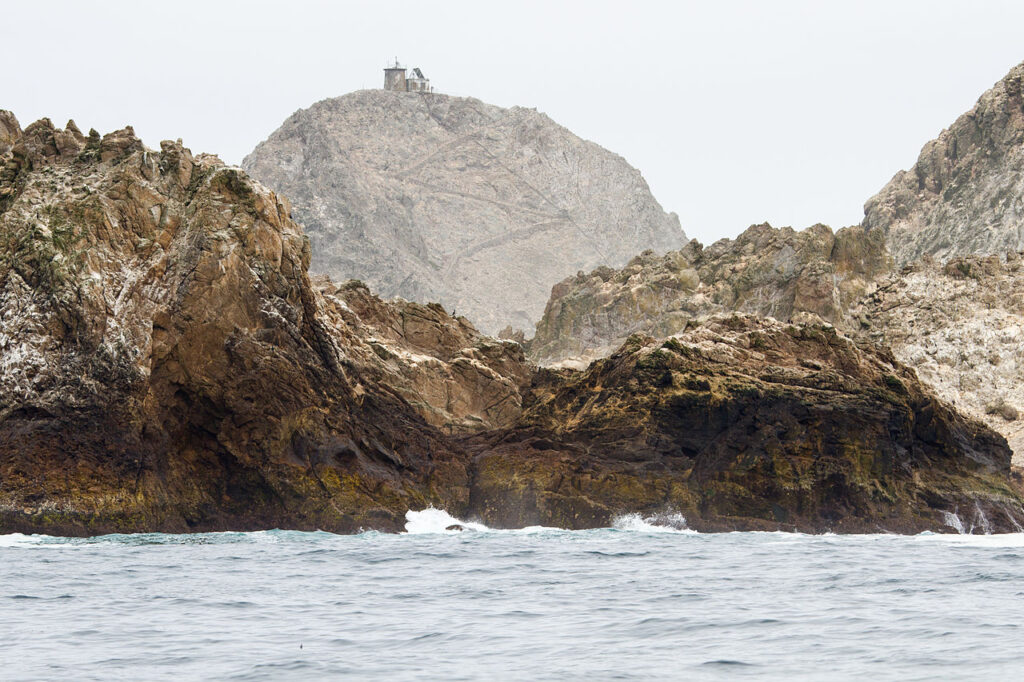
The Island of Radioactive Waste
Located off the coast of San Francisco, the Farallon Islands were used as a dumping ground for radioactive waste in the mid-20th century. Barrels of nuclear waste were disposed of in the waters surrounding the islands, posing a lingering environmental threat.
Why It’s Dangerous
- Radioactive Waste: The presence of radioactive waste in the waters makes it hazardous for marine life and potentially humans.
- Restricted Access: The islands are off-limits to the public, with only limited access granted for scientific research.
10. Bear Island, Norway
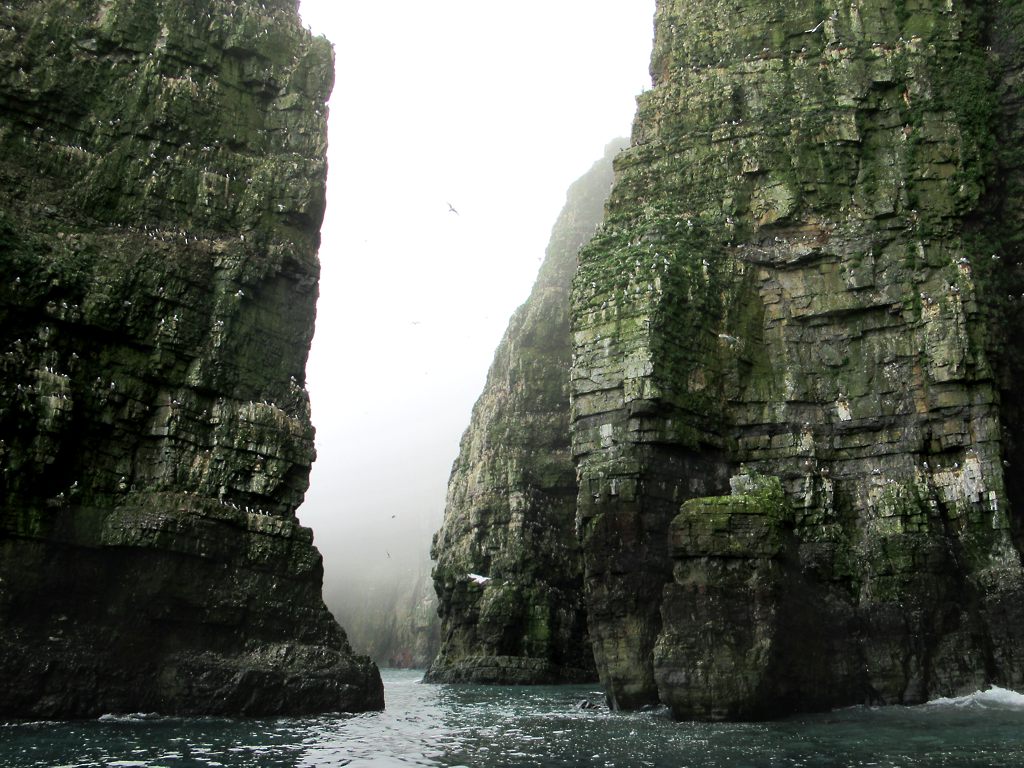
The Island of Harsh Climate
Bear Island, located in the Barents Sea, is part of the Svalbard archipelago. Known for its harsh and unpredictable weather, the island is often shrouded in fog and battered by storms.
Why It’s Dangerous
- Extreme Weather: The island’s severe weather conditions make it difficult to reach and even more challenging to survive.
- Isolation: The remote location means that any emergency or rescue operation would be delayed, increasing the risk for adventurers.
While these islands offer unique histories and environments, they are not for the faint-hearted. From venomous snakes to unwelcoming inhabitants, and from haunted ruins to treacherous weather, the dangers are real and significant.
For the intrepid traveler seeking the thrill of the unknown, these islands may provide the ultimate adventure—but always with a substantial risk. When planning your next journey, remember that sometimes, the most beautiful places on Earth come with the greatest perils.
Explore the world, but tread carefully, for danger may lurk where you least expect it.
**Please note that this post may contain affiliate links. When booking through one of our links, we earn a small kickback at no extra cost to you and it’s a big help to keep the site up and running.


